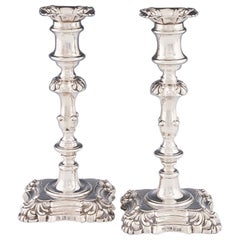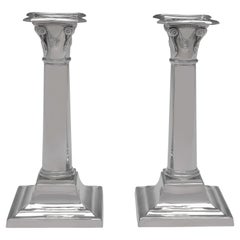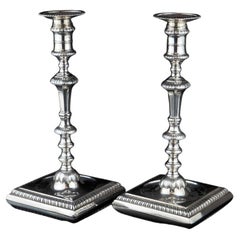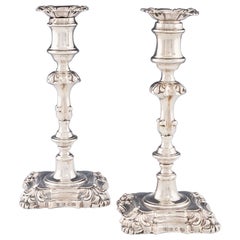William IV Furniture
It was unexpected that, at the age of 64, William IV was crowned king of England. He had two older brothers, yet the death of Prince Frederick put him in line for the British throne when George IV died in 1830. His reign was brief, as he died on June 20, 1837, but it was a pivotal time of change, with parliamentary reform leading to the present-day constitutional monarchy. Antique William IV–style furniture reflects this period of transition, with forms that bridged the neoclassicism of the preceding Regency style and the more extravagant Victorian style that would follow.
Inspired by ancient Greece and Rome, William IV designs were often more imposing than Regency furniture and featured decorative attributes. There were sofas balanced on lion’s feet and tables with brass fittings. But furnishings of this period were largely marked by straight lines and subdued ornamentation compared to those of the George IV era. William IV had an unassuming way about him and was much more formal, whereas the ruler who preceded him was a king of extravagance. George IV had an affinity for French decor and was heavily invested in overhauling the private residences at Windsor Castle.
Carvings on William IV four-poster beds and cabinets included scrolling shapes, lotus leaves and acanthus, while popular pieces like tilt-top tables and upholstered seating on caster legs provided flexible interiors. Richly toned woods like mahogany and rosewood were used for sideboards, bedposts boasting reeded details and dining chairs with intricate chair backs and turned front legs.
William IV left no legitimate heirs, so his young niece, Victoria, became queen. She would lead an era of taste in which the innovations of the Industrial Revolution allowed for manufacturing showier furniture to fill elaborate interiors. With its comparatively refined forms and restrained designs, William IV style was a pause before a time of radical aesthetic change.
Find a collection of authentic William IV tables, armchairs, decorative objects and other 19th-century furniture and antiques on 1stDibs.
1830s British Antique William IV Furniture
Silver
1920s English Vintage William IV Furniture
Sterling Silver
Mid-18th Century British Antique William IV Furniture
Silver, Sterling Silver
1830s English Antique William IV Furniture
Sterling Silver
1830s English Antique William IV Furniture
Sterling Silver
1910s Vintage William IV Furniture
Silver
18th Century English Antique William IV Furniture
Sterling Silver
1740s British Antique William IV Furniture
Sterling Silver
1830s British Antique William IV Furniture
Silver, Sterling Silver
1830s Scottish Antique William IV Furniture
Silver
1820s English Antique William IV Furniture
Sterling Silver
1830s English Antique William IV Furniture
Silver
1830s English Antique William IV Furniture
Sterling Silver
1840s British Antique William IV Furniture
Silver
1730s English Antique William IV Furniture
Sterling Silver




